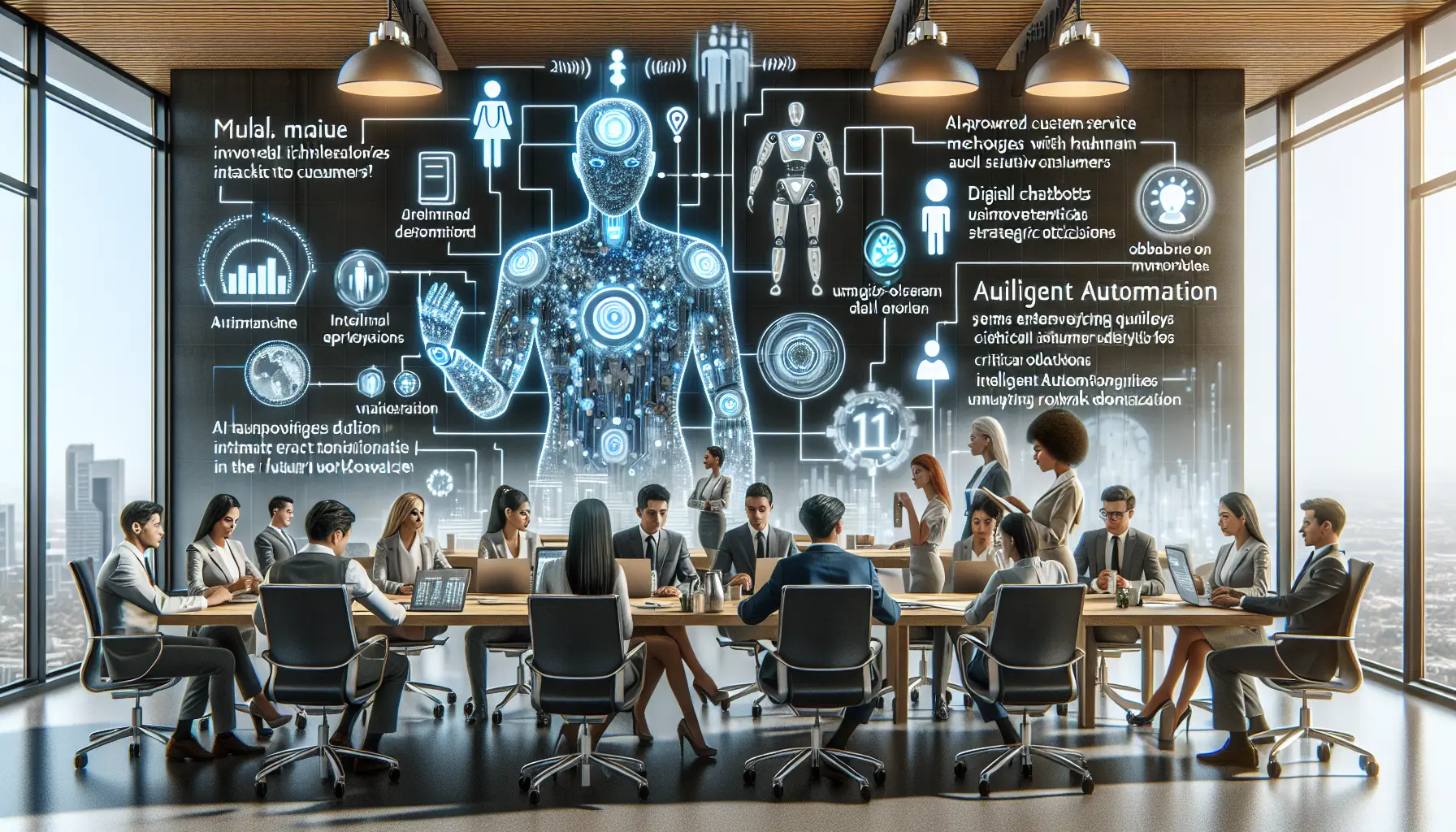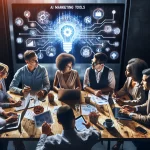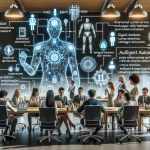
Estimated reading time: 10 minutes
Key Takeaways
- Rapid AI Adoption: AI adoption in the workplace is accelerating, with many businesses implementing AI solutions.
- Leading AI Trends: Customer service, cybersecurity, and personal assistants are at the forefront of AI adoption.
- Productivity Boost: AI automation is significantly improving productivity across industries.
- Transformation of Job Roles: AI is creating hybrid positions that blend human expertise with technology.
- Strategic Preparation: Organizations need to focus on infrastructure, skills, and change management for AI integration.
Table of Contents
- The Rapid Rise of AI in Modern Workplaces
- Current AI Workplace Trends Reshaping Industries
- AI Automation at Work: Beyond Basic Tasks
- Impact on Job Roles and Workplace Efficiency
- Preparing Your Organization for AI Integration
- Looking Ahead: AI in the Workplace 2025
- Conclusion: Embracing the AI-Enhanced Workplace
- Frequently Asked Questions
The Rapid Rise of AI in Modern Workplaces
AI in the workplace 2025 represents a fundamental shift in how businesses operate and employees work. Recent data shows that 77% of global businesses have either implemented AI or are actively exploring its adoption, with 33% already using AI solutions in their daily operations.
This transformation isn't happening gradually—it's accelerating at an unprecedented pace. By 2024, 75% of workers were already using AI tools, with nearly half of them starting in the previous six months. This rapid adoption signals a clear trend: AI isn't the future of work—it's the present.
Current AI Workplace Trends Reshaping Industries
The landscape of AI workplace trends reveals fascinating patterns about how organizations are implementing artificial intelligence:
- Customer Service leads adoption at 56%
- Cybersecurity and Fraud Management follows at 51%
- Digital Personal Assistants account for 47%
- Customer Relationship Management stands at 46%
What's particularly striking is that 92% of companies plan to increase their AI investments over the next three years. However, only 1% consider themselves “mature” in AI deployment, indicating significant room for growth and optimization.
AI Automation at Work: Beyond Basic Tasks
AI automation at work is revolutionizing productivity across sectors. The impact is particularly evident in customer service, where AI is expected to manage 85% of interactions by 2025. Even more impressive, 90% of customer issues are projected to be resolved by chatbots without human intervention.
Companies implementing AI automation report up to 40% improvement in productivity. This boost comes from:
- Automated data processing and analysis
- Streamlined workflow management
- Real-time decision support systems
- Predictive maintenance and resource allocation
Impact on Job Roles and Workplace Efficiency
The integration of AI is transforming traditional job roles in significant ways. Rather than replacing humans, AI is creating hybrid positions that combine technology with human expertise. Leaders report that 72% of their organizations have seen substantial productivity improvements through AI integration.
In the manufacturing sector alone, AI applications are projected to generate $3.8 trillion in benefits by 2035. This value comes from:
- Enhanced quality control through AI-powered inspection
- Optimized supply chain management
- Reduced downtime through predictive maintenance
- Improved resource allocation
Preparing Your Organization for AI Integration
Success with AI requires strategic preparation. Organizations should focus on:
1. Infrastructure Development
- Assess current technical capabilities
- Identify integration points for AI systems
- Build scalable AI infrastructure
2. Skill Development
- Implement AI literacy training programs
- Develop hybrid skill sets combining technical and soft skills
- Create clear career paths for AI-focused roles
3. Change Management
- Communicate AI implementation plans clearly
- Address employee concerns proactively
- Monitor and adjust based on feedback
Looking Ahead: AI in the Workplace 2025
By 2025, organizations will move beyond experimental AI adoption to complete process rebuilding around AI capabilities. Key developments will include:
- Multi-agent AI systems working alongside human teams
- AI-native managers handling routine decision-making
- Predictive analytics driving strategic planning
- Automated workflow optimization
Success in this new environment will depend on how well organizations blend human insight with AI capabilities. Companies that master this integration while maintaining focus on employee development and ethical considerations will lead their industries.
Conclusion: Embracing the AI-Enhanced Workplace
The transformation brought by AI in the workplace 2025 isn't optional—it's inevitable. Organizations that proactively adapt to AI workplace trends and implement thoughtful AI automation at work will gain significant competitive advantages. The key lies in balanced implementation: leveraging AI's capabilities while nurturing human skills and creating an environment where both can thrive together.
Frequently Asked Questions
What are the main areas where AI is currently being adopted in the workplace?
AI is being adopted prominently in customer service, cybersecurity and fraud management, digital personal assistants, and customer relationship management.
How is AI automation impacting productivity in businesses?
AI automation is significantly boosting productivity by up to 40% through automated data processing, streamlined workflow management, real-time decision support systems, and predictive maintenance.
Will AI replace human jobs in the future?
Rather than replacing humans, AI is creating hybrid job roles that combine technology with human expertise, enhancing efficiency and productivity.
How can organizations prepare for AI integration?
Organizations should focus on infrastructure development, skill development through AI literacy training, and change management strategies to smoothly integrate AI into their operations.
What are the future trends of AI in the workplace by 2025?
By 2025, organizations are expected to rebuild processes around AI capabilities, with developments like multi-agent AI systems working alongside humans, AI-native managers handling routine decisions, and predictive analytics driving strategic planning.









